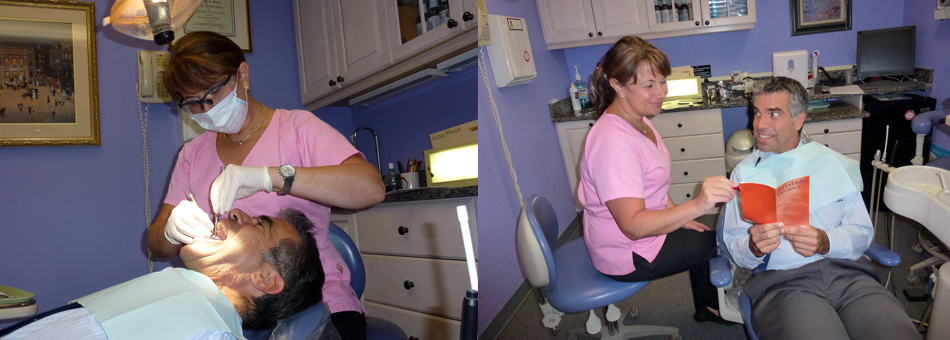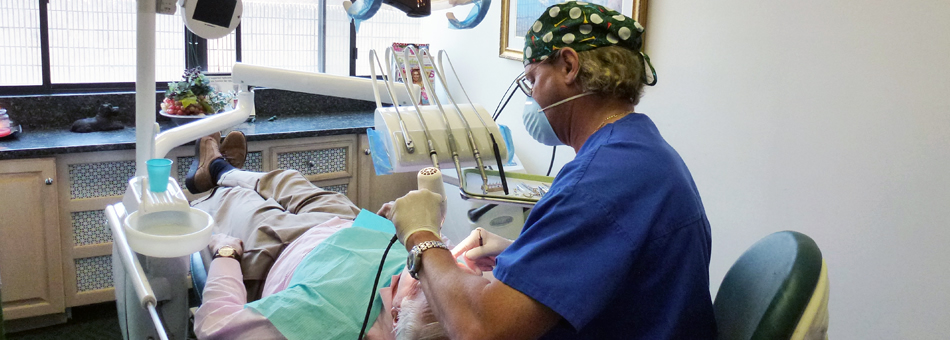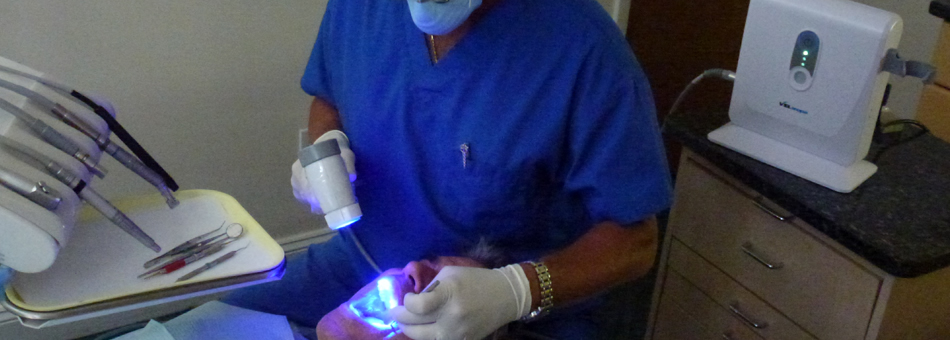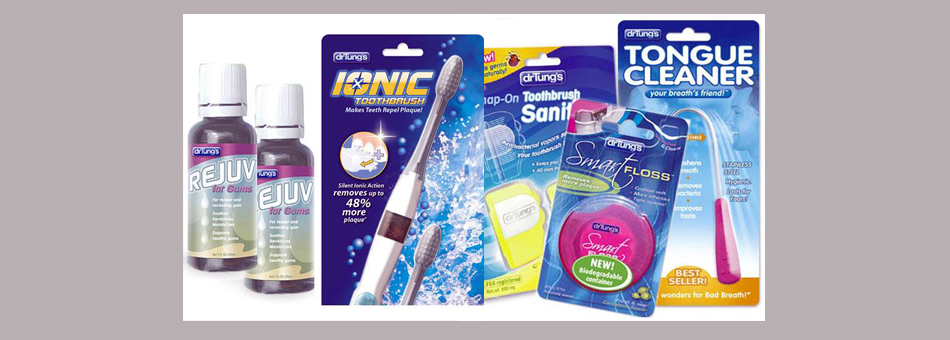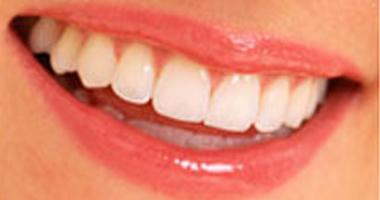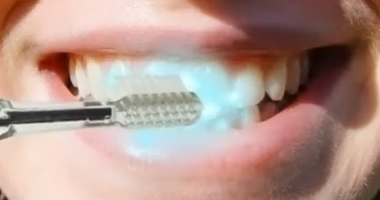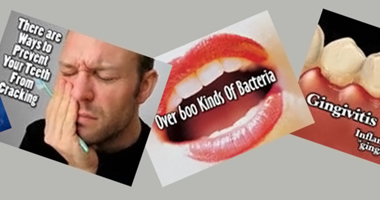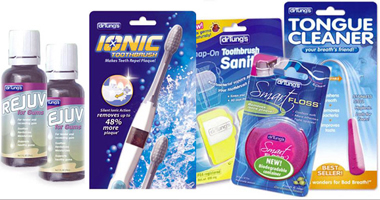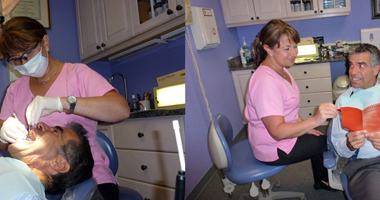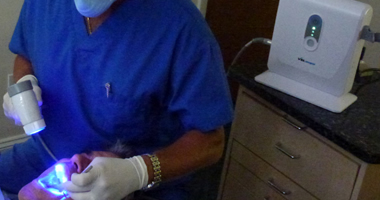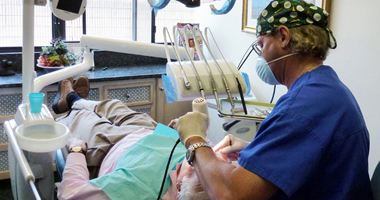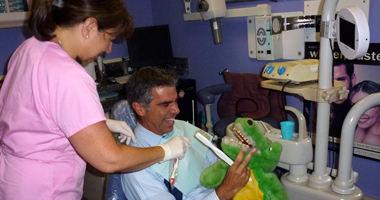Bruxism White Paper
(page 1)
1 | 2 | 3 | 4 | 5 | 6 | 7 | 8 | 9 | 10 | 11 | 12 | 13
Adapted from a report by Dr. Moti Nissani (visit his internet homepage; view his resume)
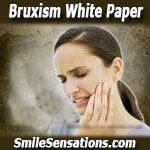 What is Bruxism?
What is Bruxism?
The word bruxism is taken from the Greek word brychein: gnashing of teeth. Although the term bruxism is not generally known to lay people, it is shorter and more convenient than teeth clenching or grinding.
Bruxism can perhaps be best defined as the involuntary, unconscious, and excessive grinding, tapping, or clenching of teeth.When it occurs during sleep, it may be best called sleep bruxism. A few people, on the other hand, brux while they are awake, in which case the condition may be called wakeful bruxism.
All forms of bruxism entail forceful contact between the biting surfaces of the upper and lower teeth. In grinding and tapping this contact involves movements of the lower jaw and unpleasant sounds which can often awaken housemates. Click here to hear the grinding of one patient (who has been grinding her front teeth, some 12 minutes a night, for the past 50 years).
It's important to note that the difference between bruxers and non-bruxers is one of degree, not kind. Most people probably grind and clench their teeth now and then, but such behavior does not a bruxer make. Moreover, some people may be able to sustain the bruxing forces involved with no apparent ill effects. Thus, we should perhaps talk about bruxism only when the habit is persistent enough, frequent enough, long enough, or intense enough to damage the teeth and to lead to other complications. So, one’s grinding, tapping, or clenching of teeth fall under the rubric of bruxism only when they have already affected, or are expected to affect, one’s well being.
Incidence of Bruxism
No hard and fast figures on the frequency of bruxism are available. Most people unconsciously grind or clench their teeth now and then, so the key in deciding whether someone is a bruxer is not the presence or absence of the habit, but such things as its frequency, destructiveness, social discomfort, or physical symptoms (Kydd and Daly, 1985). Moreover, over 80% of all bruxers may be unaware of the habit (Thompson, Blount, and Krumholtz, 1994), or ashamed of it, so they may dismiss evidence that they do in fact engage in self-destructive behavior. Also, it may take years for the first visible signs of worn teeth to appear; yet, often it is these signs which lead to a diagnosis of past or present bruxism. For these reasons, estimates of the prevalence of bruxism range from 5% to 100%. For the U.S. population, current estimates often settle for the 5-20% range.
Regardless of the exact number, the figures are disturbing. At the very least, one out of twenty Americans brux. Most likely, one out of four does. Inarguably, then, bruxism is a widespread behavioral pattern which adversely affects a significant fraction of the world's people.
References
Kydd, W. L. and Daly, C. (1985). Duration of Nocturnal tooth contacts during bruxing. Journal of Prosthetic Dentistry, 53(5): 717-721.
Thompson, B. H., Blount, B. W., & Krumholtz, T. S. (1994). Treatment approaches to bruxism. American Family Physician, 49, 1617-22.


